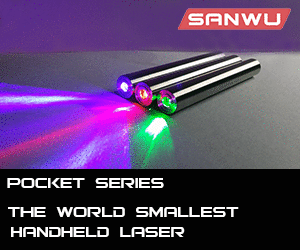- Joined
- May 15, 2010
- Messages
- 1,307
- Points
- 48
Would using thermal adhesive tape work just as well as the adhesive compound as they are both designed to do the same thing. The tape is also alot cheaper than that of the compound. I'm not planning on making that many lasers so don't rely want to fork out $10 on something that's just going to get wasted
when I can get a bit of tape for 2 or 3 $$$ and wont go off.
http://www.chilledpc.co.uk/shop/product_info.php?products_id=158
What do you guys think ?
when I can get a bit of tape for 2 or 3 $$$ and wont go off.
http://www.chilledpc.co.uk/shop/product_info.php?products_id=158
What do you guys think ?
Last edited:



